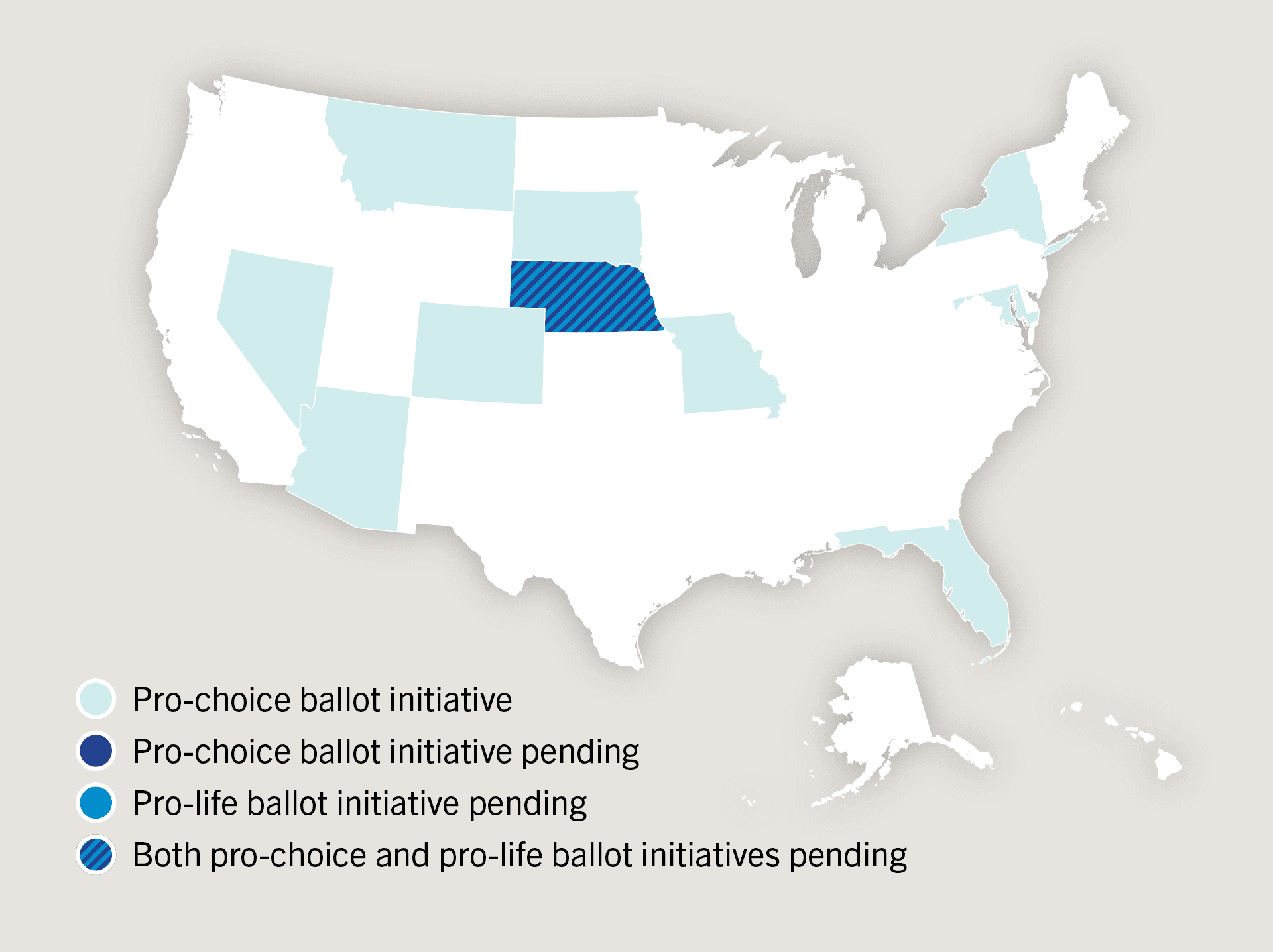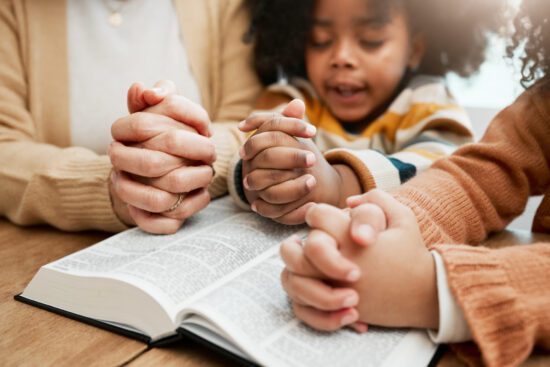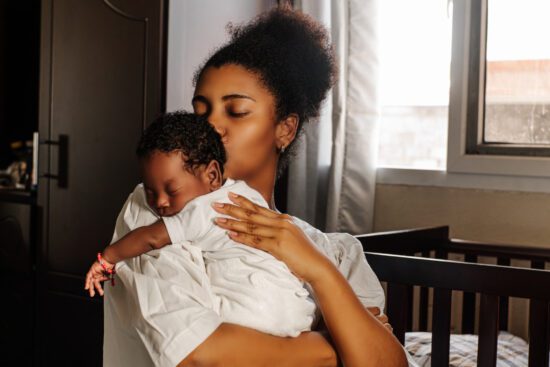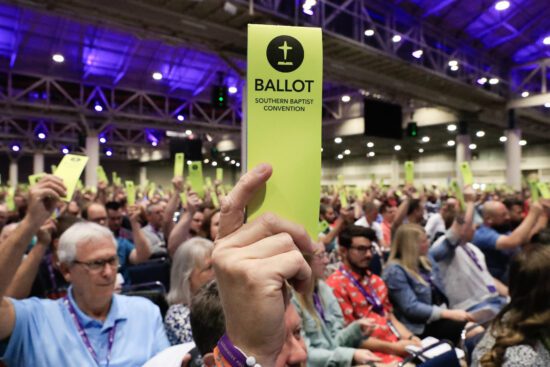Longtime journalist Wright Thompson has written that every truly great sports icon teaches the same complicated lesson. From Ted Williams, Joe DiMaggio, Michael Jordan, and others, “we learn the benefits and toll of a man constructing himself into the perfect machine to manage the first 40 years of his life, while creating a version of himself completely unsuited for the next 40. That’s a universal truth,” Thompson writes, “The tools required to gain greatness often prevent someone from enjoying it.”[1]
This reality exists in those who achieve the highest levels of success and fame in business, government, and entertainment. But sport is unique in that its stars can become household names as teenagers, peak before the age of 30, and be totally forgotten by 40. It is life compressed, and the athlete must figure out how to live a second life, one with nearly opposite skills, threats, and measures of success.
But every now and then, an exception emerges: A star athlete overcomes profound adversity or personal failure (or both) to find success both on the field and long after the lights have been turned off. On rare occasions, one of the all-time greats manages the transition. Kobe Bryant, who died Saturday with his daughter, Gianna, and seven others in a helicopter crash, was a wonderful, unexpected exception.
The relentless competitor
Kobe Bryant’s on-court reputation was simple: He was a relentless competitor, a winner.
Bryant’s stats are currently reminding the world of his greatness, but his career was less about stats and more about moments. He won the dunk contest just a few months after his 18th birthday. He scored 33 points against Michael Jordan that same year. When his peers were still in college, his alley-oop to Shaq sealed the NBA Finals. He scored 81 against Toronto. And then there were his dunks. One made Todd MacCullough famous. Steve Nash couldn’t get out of the way fast enough. He basically baptized Dwight Howard. Even at 39 years old, Kobe put 7-foot Clint Capela on a poster. In his final game, Bryant dropped 60, and even the NFL withheld breaking news because “Kobe deserved his night, and there was no reason for [a] trade to be announced on his night.”
What I loved most was that Bryant played every game as if it was Game Seven of the NBA Finals. In fact, he even practiced like it. One teammate recalled the time Bryant broke his shooting wrist in a preseason game.
I am ashamed to say that I was excited the day after his injury because I knew that there was no way that No. 8 would be the first to practice, if he would even be there at all. As I walked through the training room, I became stricken with fear when I heard a ball bouncing. No, no, it couldn’t be! Yes, it could. Kobe was already in a full sweat with a cast on his right arm, dribbling and shooting with his left.
Kobe’s relentless drive created a complicated persona. He missed more shot attempts than anyone in basketball history. He often ridiculed his teammates. He admitted to an affair. But Bryant seemed to turn his life around, and he became a role-model husband and father in the years that followed.
The second act
Bryant and his wife, Vanessa, married in 2001, and together they had four daughters—Gianna, Natalia, Bianka, and Capri. As many of his friends have noted in the hours since his death, Kobe loved his family more than basketball, business, or anything else. He viewed fatherhood as his primary job. The man who made a career of astonishing moment wasn’t about to miss one of his daughters’ moments.
Even when still with the Lakers, Bryant demonstrated the priority of fatherhood. He explained why he began traveling by helicopter.
“I would be sitting in traffic and would miss a school play . . . I had to figure out a way that I could still train and focus on the craft, but still not compromise family time. So that’s when I looked into helicopters . . . My routine was always the same: weights in the morning, take the kids to school, fly down, practice like crazy, fly back, get back in the carpool line, and pick the kids up. My wife was like, ‘Listen, I can pick the kids up.’ I’m like, ‘No, no, no, I want to do that, because you have road trips and times when you may not see your kids, right, so every chance I get to see them, and spend time with them, even if it’s twenty minutes in the car, I want that.”
The world knew Kobe Bryant as the tireless challenger, the Black Mamba. But his daughters knew him first as Dad.
After his retirement, Kobe, Vanessa, and the girls often sat together along the court during Lakers’ home games. Bryant was only steps away from his former life, but he always seemed more enthralled by the time with his girls.
When Gianna, nicknamed Gigi, took up her father’s sport, Kobe began coaching her and her friends. In an interview with CBS last year, Bryant was asked what was most difficult about coaching his daughter. He responded,
“Making sure she knows that I love her whether she plays well or plays like crap. Doesn’t matter. It’s fine. You know, ‘You’re my daughter before you’re a basketball player.’”
Unlike generations of stars before him, Bryant transitioned into the unknown second life seamlessly. He admirably concentrated his attention on his family. He took up a second career in digital storytelling and quickly won an Academy Award. It seems Bryant learned to focus his competitive nature on a practice, game, or editing session, then shut down, return to his daughters, and give them his undivided attention.
The shocking tragedy
Kobe’s renaissance as a husband, father, and storyteller only adds to Sunday morning’s tragedy. Along with his daughter, Gigi, and the seven other precious lives in that helicopter, Bryant’s death has moved the world to tears.
In his final moment, Bryant was no doubt in a happy place: He was with his daughter and several friends, traveling to a basketball game. These two things—family and basketball—were his life, and together they are his legacy.
As the Proverbs show, life is more than just being alive; it’s a flourishing of one’s affairs in vibrant family time and meaningful work. Conversely, as Derek Kidner has commented, “death is a whole realm in conflict with life, rather than a single and merely physical event . . . Death throws its shadow over the living.”[2]
Today, we feel the long shadow death has cast on us all, as we remember the greatness of Kobe Bryant on the court and, most importantly, among his family. It was a well-lived life cut far too short, a reminder of the frailty of life and brutality of death. And it’s a reminder of the importance of knowing the One who conquered death and offers the hope of eternal life to those who trust in him.







